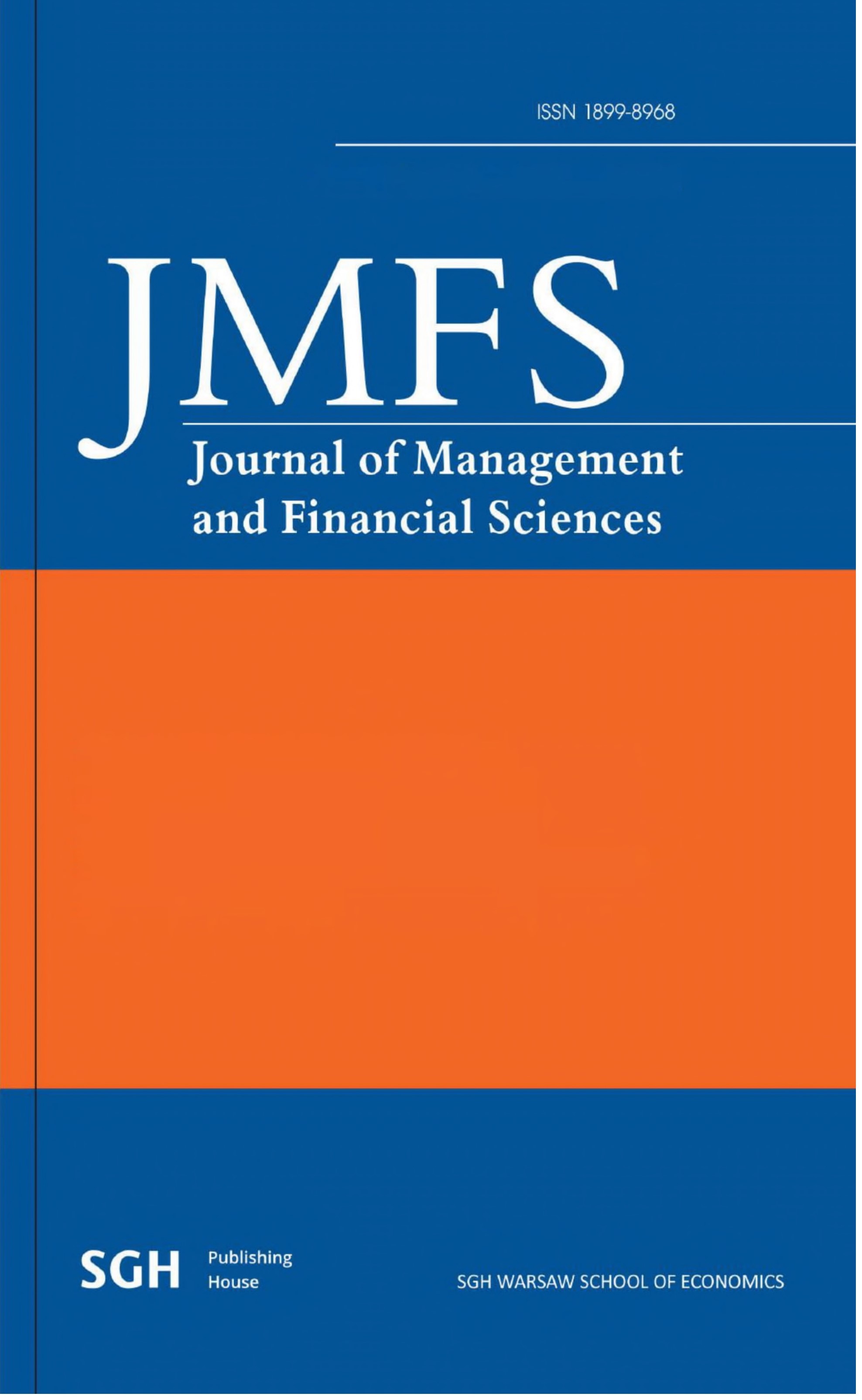Implementing change in organisations: key challenges
Main Article Content
Abstract
A VUCA world (described with four attributes: volatility, uncertainty, complexity, and ambiguity) and the resulting need to implement changes continuously in almost every area of organisational activity have enhanced the awareness of organisations with regard to searching for skilful managers/leaders of change and building up competencies in change management amongst their staff. At the same time, however, quite a large proportion of changes fail. The paper aims to identify major challenges faced when implementing significant changes in an organisation using two case studies as an example. The first case study concerns a change to the Agile approach in an organisation’s operations, while the second one – the implementation of the Design Thinking concept in the work of project teams. The obtained results have become a starting point for more in-depth studies on change management focused in particular on factors contributing to organisational change success or failure and the role of individual stakeholders in the process.
Downloads
Article Details
References
2. O’Hara, M., Watson, R., Kavan, C. (1999). Managing the three Levels of Change. IS Management, 16, 63–70, DOI:10.1201/1078/43197.16.3.19990601/31317.9
3. Trocki, M., Juchniewicz, M. (2013). Ocena projektów – koncepcje i metody. Warszawa: Oficyna Wydawnicza SGH.
Internet sources:
1. APMG (2012). Champs2 White Paper. Retrieved from: https://apmg-international.com/file/776/download?token=pVAzexRW [accessed: 15.09.2020].
2. https://fold7.com.au/life-death-and-change/kubler-ross/ [accessed: 24.10.2020].
3. https://www.kotterinc.com/8‑steps-process-for-leading-change/ [accessed: 24.10.2020].
4. Hegde, A., Johnson, J., Venkatramani, V. (2008). What is change management? Retrieved from: https://pdf4pro.com/view/chapter-1‑what-is-change-management-what-is-5735ce. html [accessed: 17.10.2020].
5. Katalog metod walidacji. Retrieved from: https://walidacja.ibe.edu.pl/metody/pl/metody-walidacji/wywiad-ustrukturyzowany [accessed: 18.09.2020].
6. Nickols, F. (2016). Change Management 101. A Primer. Retrieved from: https://www.nickols.us/change.pdf [accessed: 27.09.2020].
7. PMI (2014). PMI’s Pulse of the Profession In-Depth Report: Enabling Organizational Change Through Strategic Initiatives. Retrieved from: https://www.pmi.org/-/media/pmi/documents/public/pdf/learning/thought-leadership/pulse/organizational-change-management.pdf?sc_lang_temp=en [accessed: 10.10.2020].
8. Raport Czy Polska ma szansę stać się hubem IT Europy. Retrieved from: https://citibank.pl/poland/kronenberg/polish/files/raport_software_house_soda.pdf [accessed 10.05.2020].
9. Schwaber, K., Sutherland, J. (2020). The Scrum Guide, 2020. Retrieved from: https://www.scrumguides.org/scrum-guide.html [accessed:20.08.2020]
10. The Standish Group International Inc. (2015). The CHAOS Report 2015. Retrieved from: https://standishgroup.com/sample_research_files/CHAOSReport2015‑Final.pdf [accessed: 15.05.2020].
11. VersionOne (2019). The 13th Annual State of Agile Report 2019. Retrieved from: www.stateofagile.com [accessed: 10.05.2020].
12. www.prosci.com [accessed: 15.11.2020].
